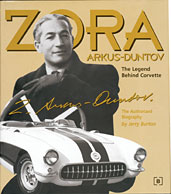Technical Paper
λDSF: Dynamic Skip Fire with Homogeneous Lean Burn for Improved Fuel Consumption, Emissions and Drivability
2018-04-03
2018-01-0891
Dynamic skip fire (DSF) has shown significant fuel economy improvement potential via reduction of pumping losses that generally affect throttled spark-ignition (SI) engines. In DSF operation, individual cylinders are fired on-demand near peak efficiency to satisfy driver torque demand. For vehicles with a downsized-boosted 4-cylinder engine, DSF can reduce fuel consumption by 8% in the WLTC (Class 3) drive cycle. The relatively low cost of cylinder deactivation hardware further improves the production value of DSF. Lean burn strategies in gasoline engines have also demonstrated significant fuel efficiency gains resulting from reduced pumping losses and improved thermodynamic characteristics, such as higher specific heat ratio and lower heat losses. Fuel-air mixture stratification is generally required to achieve stable combustion at low loads.

